The pursuit of happiness varies widely across the United States, with some states consistently ranking higher in well-being while others struggle with significant challenges.
There are several states that face obstacles that contribute to lower levels of happiness among their residents. On the other hand, there are other states where community, environment, and quality of life come together to create a more joyful existence.
Here, we explore the most unhappy states in America, along with a few that stand out for their exceptionally high levels of happiness.
West Virginia

West Virginia consistently ranks as one of the unhappiest states in America, driven by high rates of poverty and poor health outcomes. The state struggles with the highest rate of opioid addiction in the country, contributing to a pervasive sense of despair. Despite its beautiful landscapes, economic hardships and limited access to healthcare make life challenging for many residents.
Arkansas

Arkansas faces significant challenges, including low-income levels, high rates of obesity, and limited access to quality healthcare. These factors contribute to the state’s low rankings in overall well-being and life satisfaction. The rural nature of much of Arkansas also leads to feelings of isolation, further impacting residents’ happiness.
Kentucky
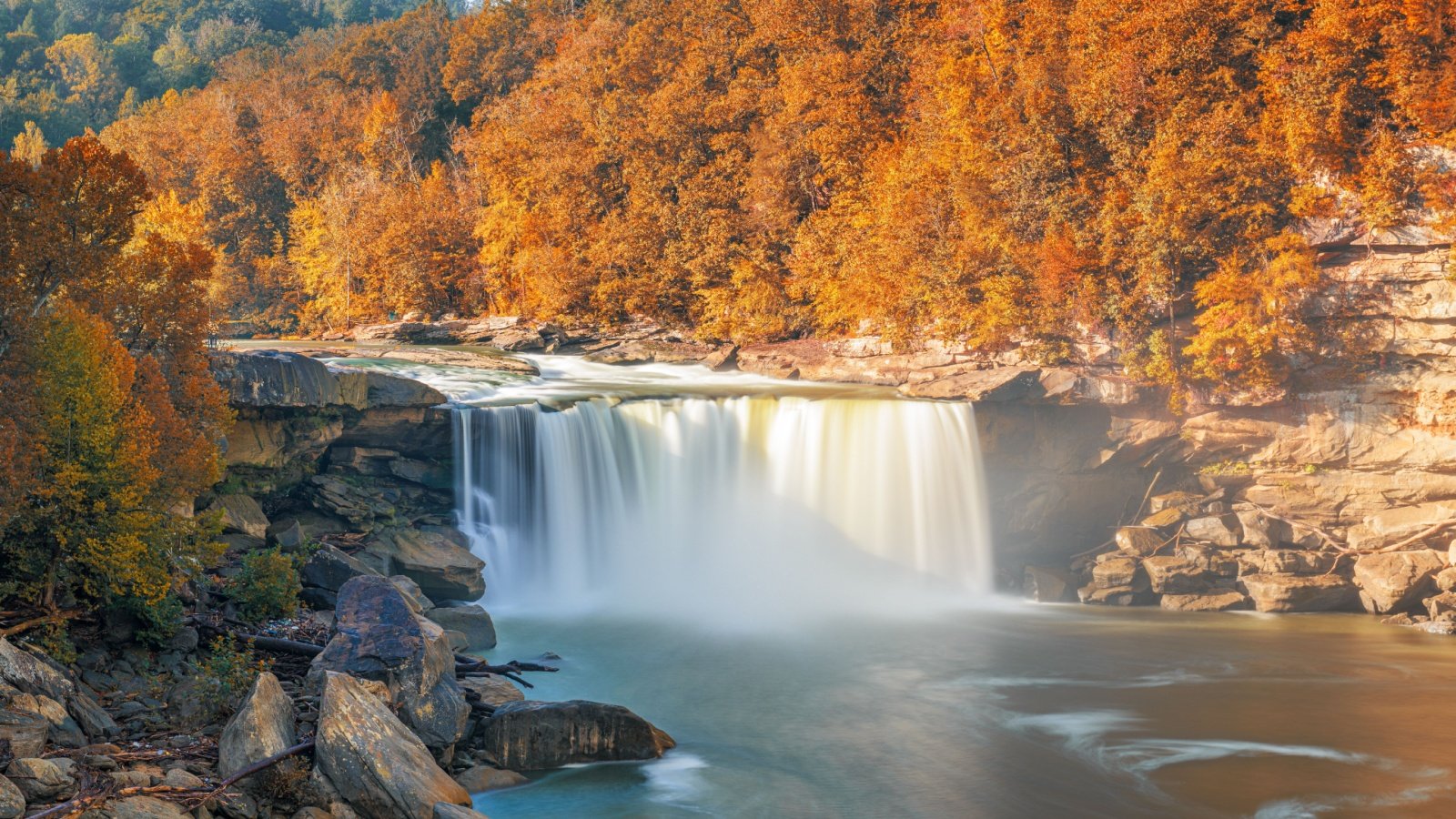
Kentucky’s high rates of smoking, obesity, and chronic disease place it among the most unhappy states in the U.S. The state’s economic struggles, particularly in coal-mining regions, have led to widespread poverty and job loss. While Kentucky is rich in culture and history, these challenges weigh heavily on its residents.
Alabama

Alabama’s low rankings in education, healthcare, and income inequality are major contributors to its overall unhappiness. The state has one of the highest poverty rates in the nation, which exacerbates feelings of despair among its population. Additionally, Alabama’s struggles with obesity and limited access to mental health services further contribute to its low well-being scores.
Mississippi
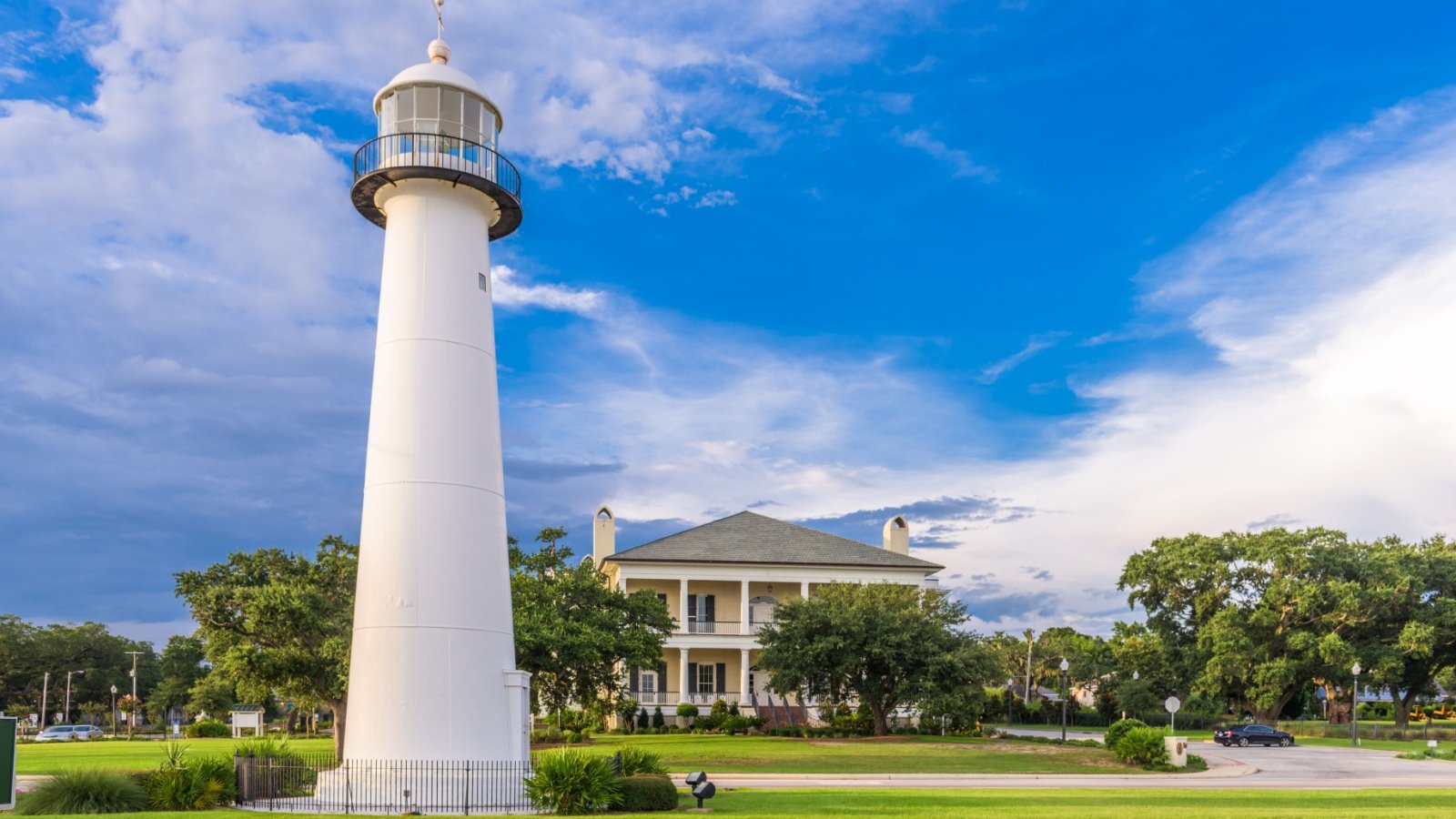
Mississippi often tops the list for poverty, poor health outcomes, and low educational attainment, all of which contribute to its ranking as an unhappy state. The state’s residents face significant economic challenges, and Mississippi has one of the highest unemployment rates in the country. Despite its rich cultural heritage, the daily struggles faced by many Mississippians take a toll on their overall happiness.
Louisiana

Louisiana’s high crime rates, frequent natural disasters, and economic struggles make it one of the least happy states. The impact of hurricanes and floods has left many communities devastated, with recovery efforts often slow and insufficient. Additionally, the state’s high rates of poverty and poor health outcomes add to the general sense of unhappiness.
Oklahoma
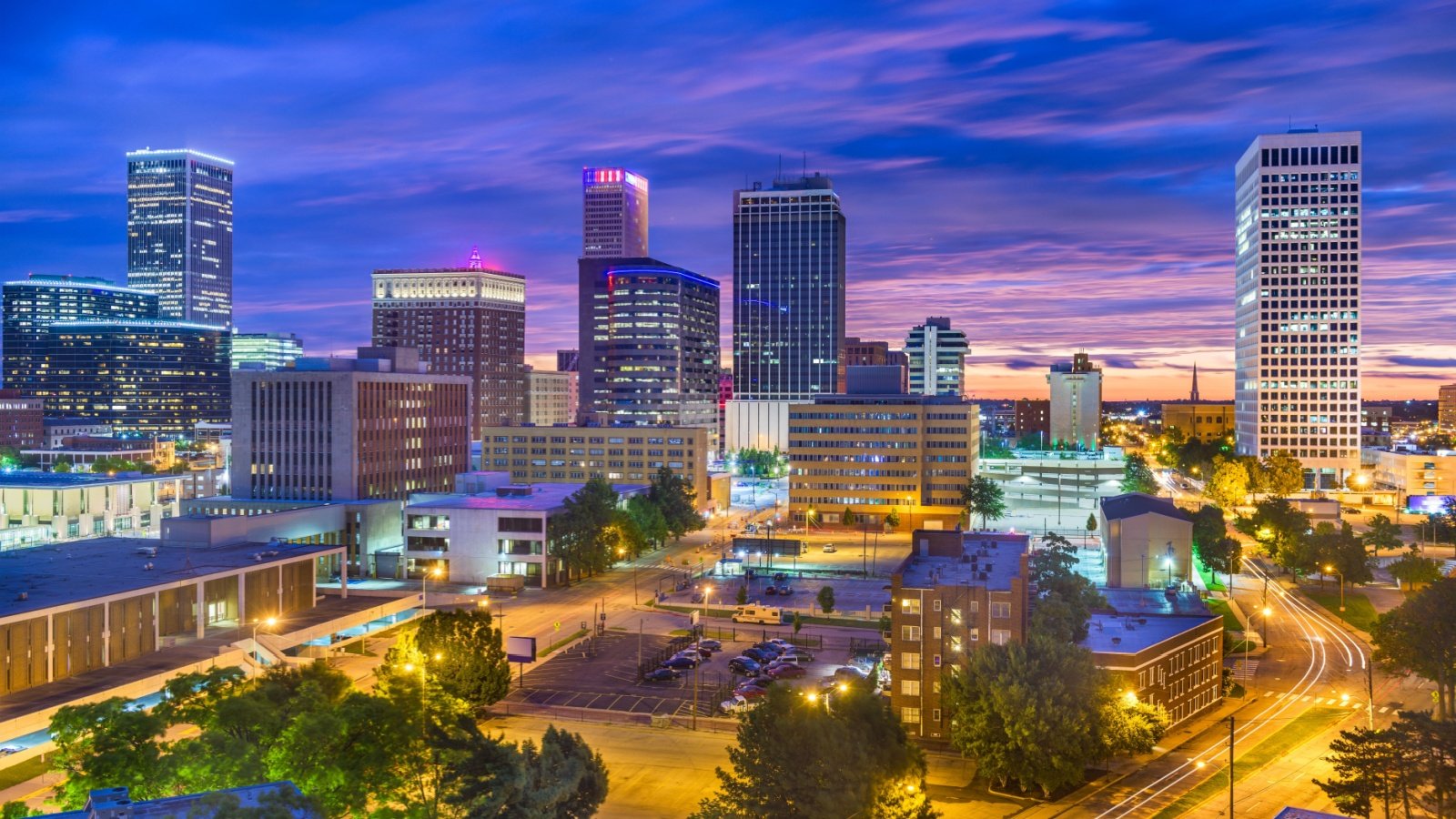
Oklahoma faces a range of challenges, from high obesity and smoking rates to low educational attainment and income levels. The state’s frequent exposure to severe weather, including tornadoes, also adds to the stress and anxiety experienced by its residents. These factors combine to make Oklahoma one of the unhappiest states in the U.S.
Tennessee
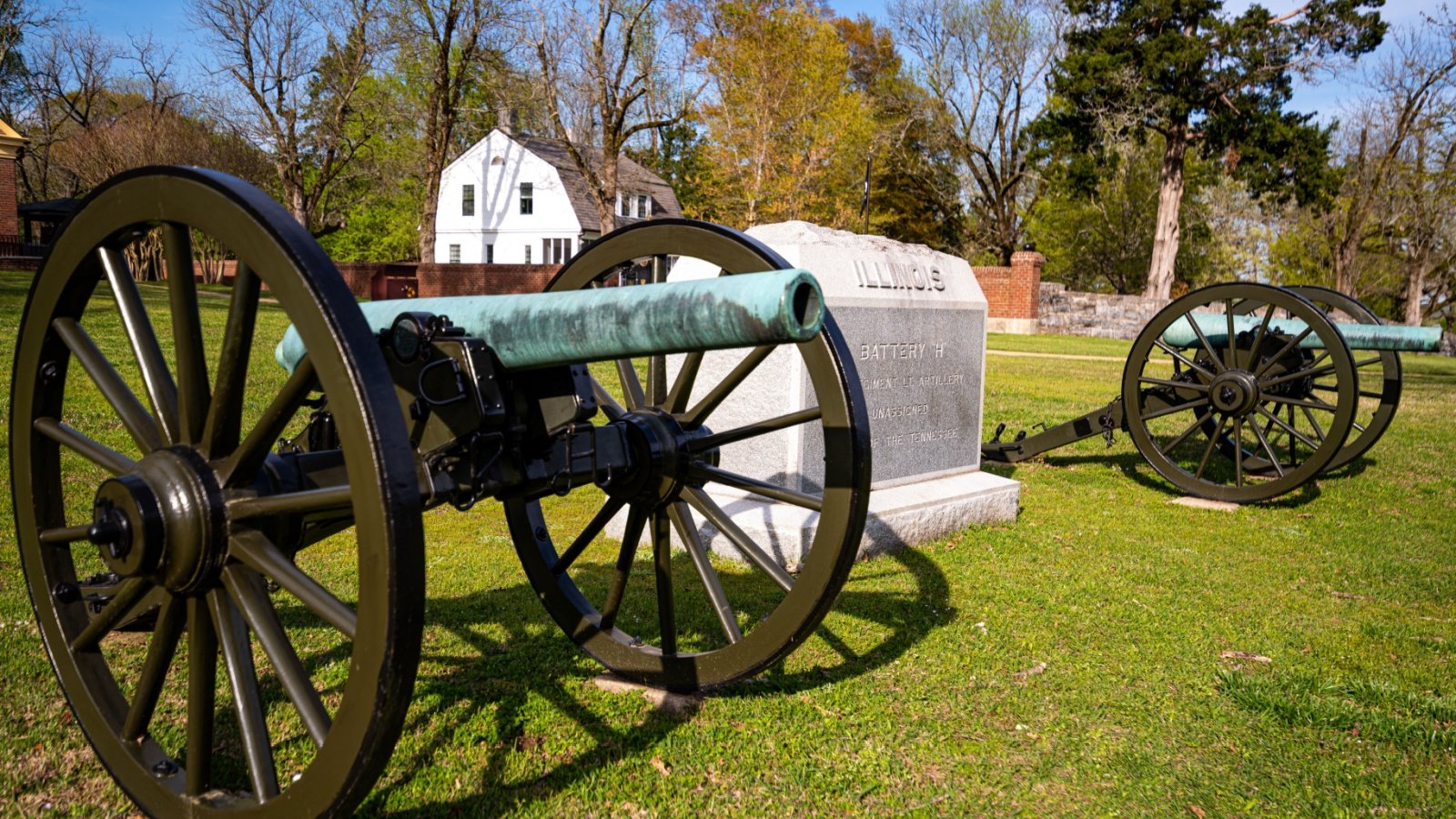
Tennessee struggles with high rates of opioid addiction, obesity, and mental health issues, contributing to its low happiness rankings. The state’s rural areas, in particular, face significant economic hardships, leading to higher poverty rates and limited access to healthcare. Despite its vibrant music scene, these challenges make life difficult for many Tennesseans.
Missouri
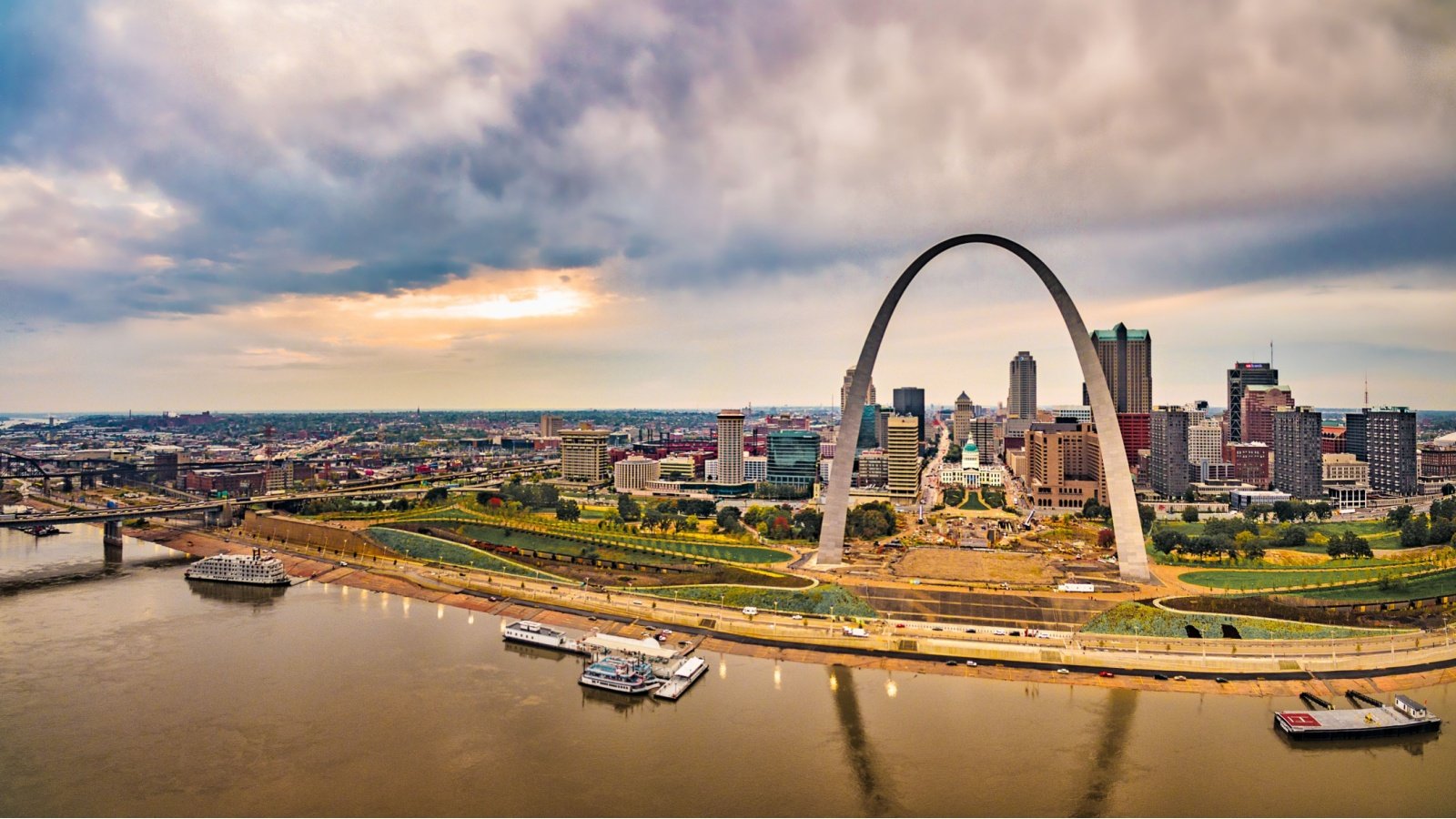
Missouri’s economic struggles, particularly in rural areas, contribute to its ranking as one of the most unhappy states. The state also faces high rates of substance abuse and mental health issues, which are exacerbated by limited access to healthcare. Additionally, Missouri’s low educational attainment rates and income inequality further impact residents’ overall well-being.
Indiana
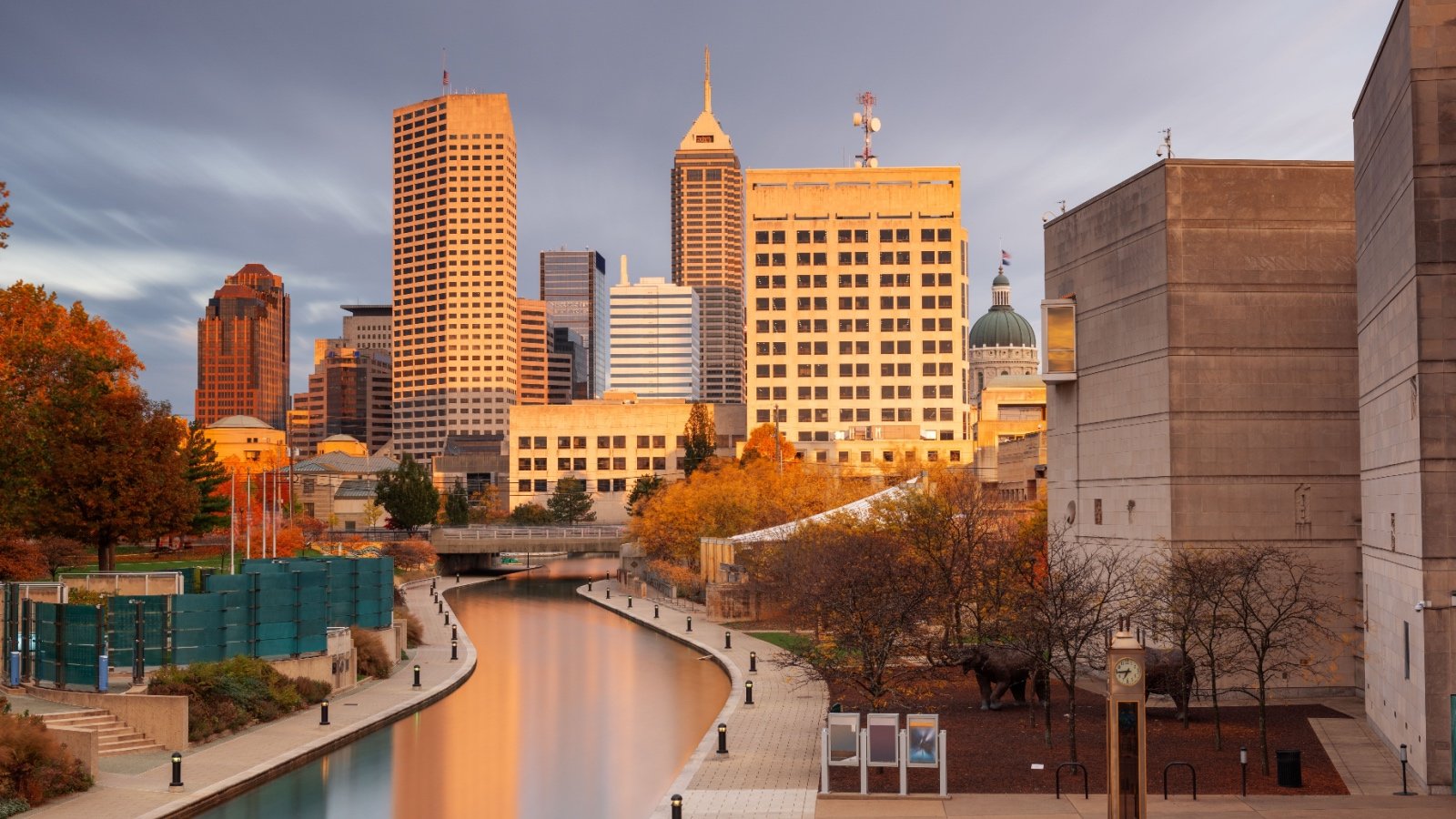
Indiana ranks low in several areas that contribute to happiness, including health, income, and education. The state struggles with high rates of obesity, smoking, and substance abuse, all of which negatively affect residents’ quality of life. Furthermore, Indiana’s flat landscape and harsh winters can contribute to seasonal affective disorder, adding to the state’s overall sense of unhappiness.
New Mexico

New Mexico faces significant challenges with poverty, crime, and education, all of which contribute to its low happiness rankings. The state has one of the highest rates of childhood poverty in the nation, which has long-term impacts on well-being. Additionally, New Mexico’s rural areas often struggle with access to healthcare and other essential services, further impacting residents’ quality of life.
Nevada
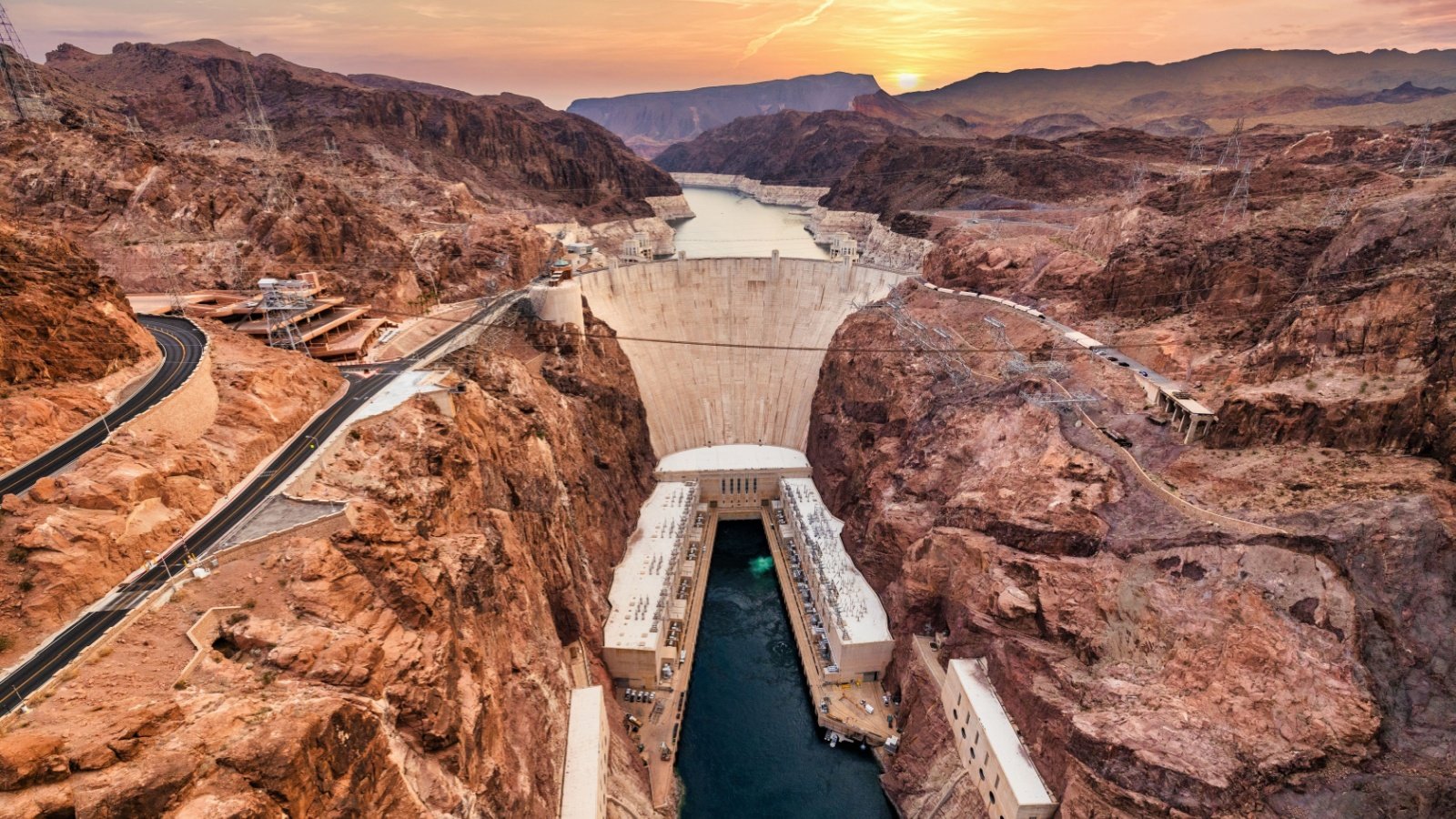
Nevada’s low rankings in health, income, and community well-being place it among the unhappiest states. The state’s high rates of gambling addiction, substance abuse, and crime contribute to a sense of instability and insecurity among its residents. Additionally, Nevada’s transient population and the stresses of living in a tourism-driven economy further reduce overall happiness.
South Carolina
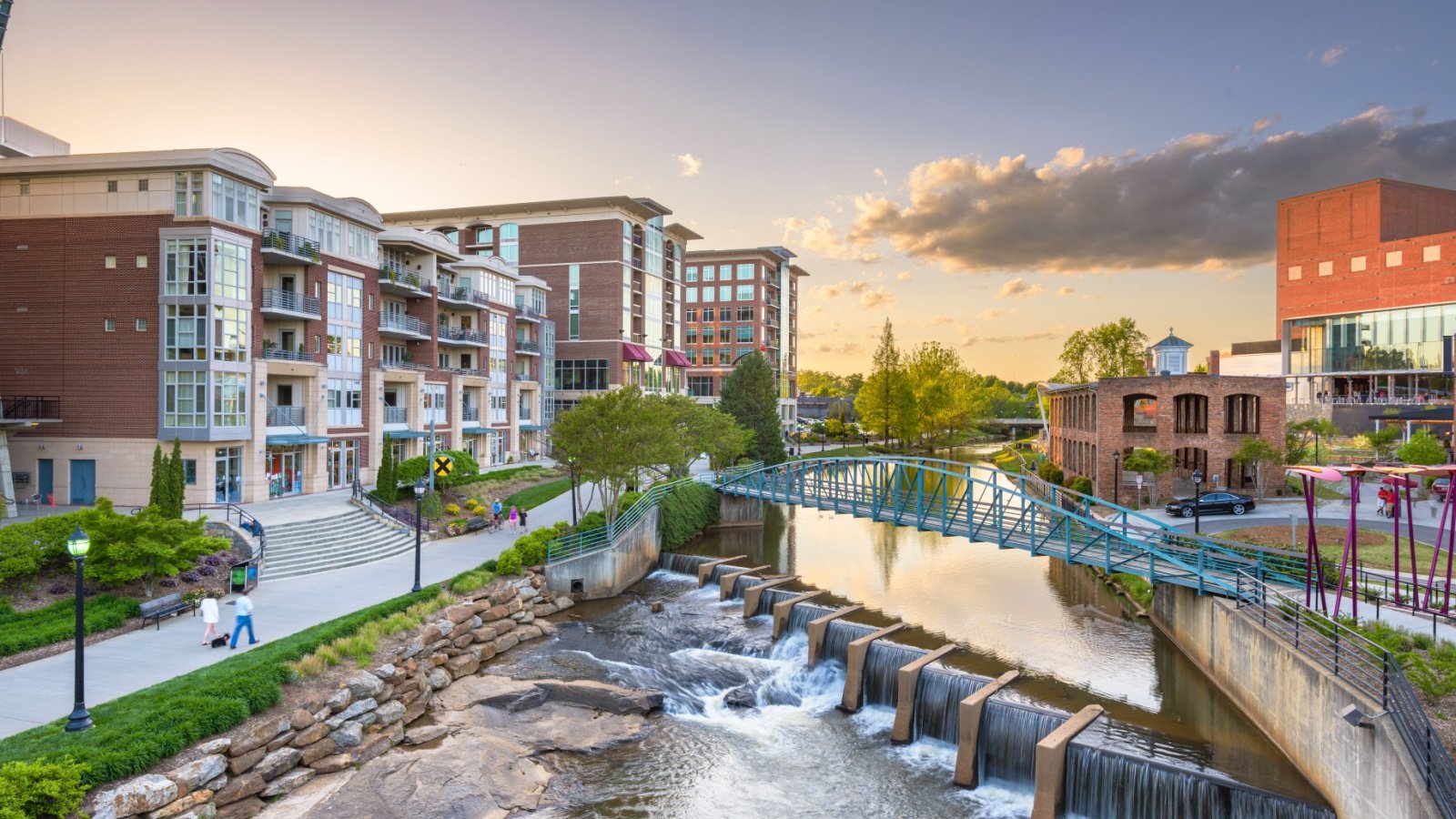
South Carolina struggles with high rates of poverty, obesity, and chronic disease, all of which contribute to its low happiness rankings. The state’s rural areas, in particular, face significant economic challenges, leading to feelings of isolation and despair among residents. Additionally, South Carolina’s education system ranks among the lowest in the nation, further impacting residents’ quality of life.
Ohio

Ohio ranks low in several key areas that contribute to happiness, including health, education, and income. The state struggles with high rates of opioid addiction and mental health issues, which are exacerbated by economic challenges in many of its cities. Additionally, Ohio’s harsh winters and declining industrial base add to the general sense of unhappiness among its residents.
Rhode Island
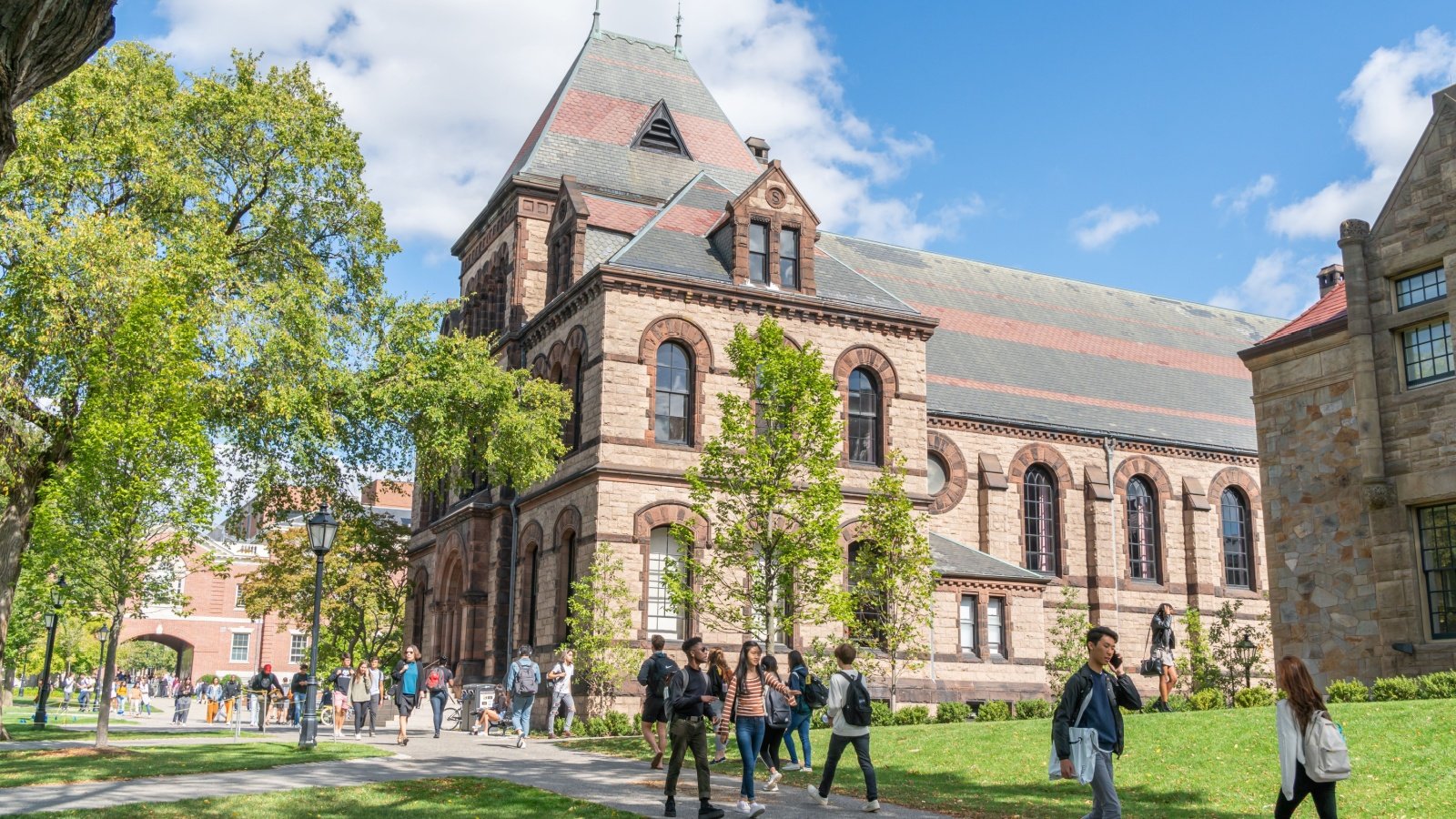
Rhode Island’s high cost of living, combined with low rankings in job satisfaction and community well-being, contribute to its overall unhappiness. The state’s small size and dense population can lead to a sense of isolation, particularly among those living in urban areas. Additionally, Rhode Island’s cold winters and limited access to outdoor recreation further impact residents’ quality of life.
Georgia
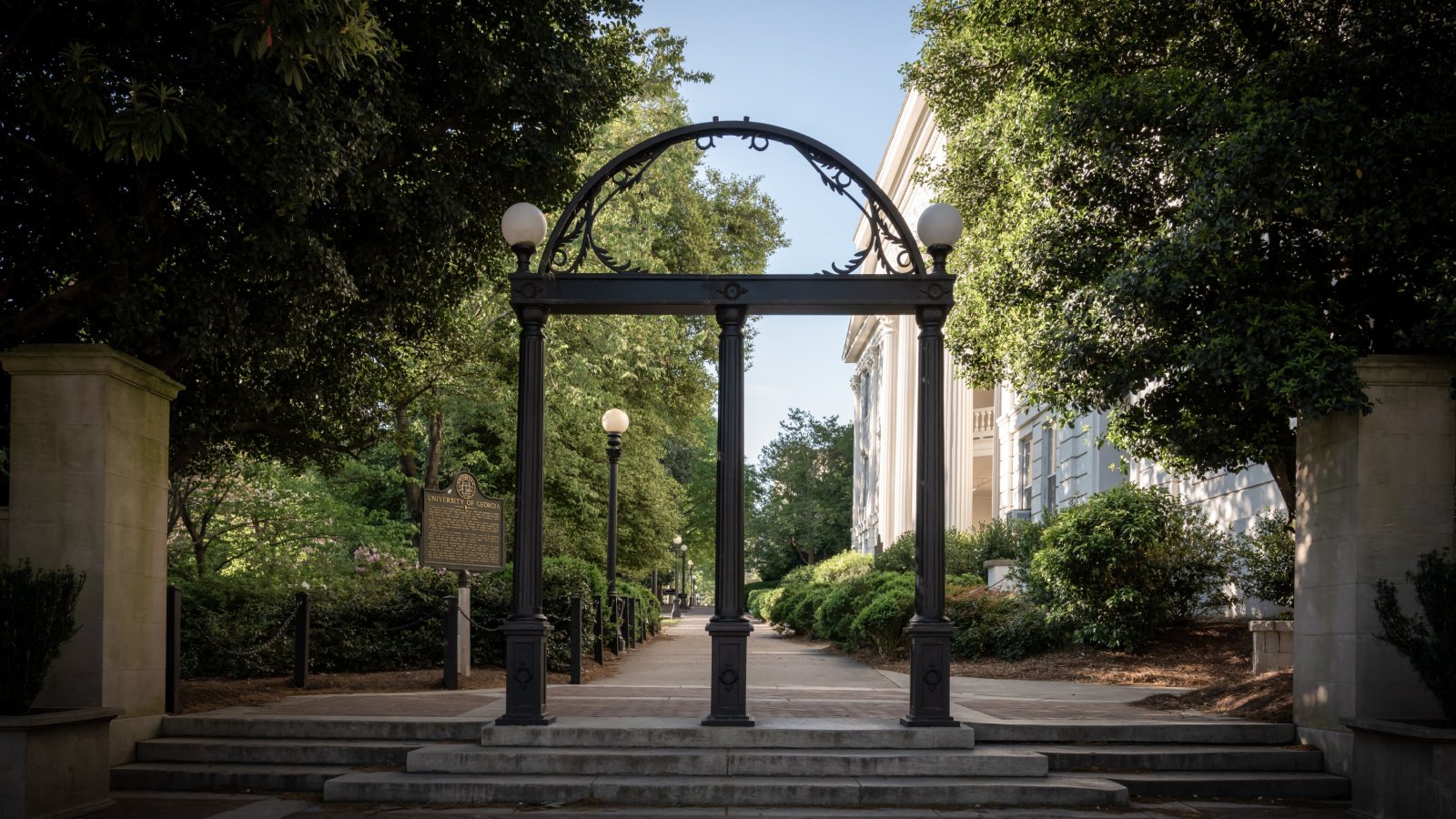
Georgia struggles with high rates of poverty, obesity, and mental health issues, particularly in its rural areas. The state’s low rankings in education and healthcare further contribute to residents’ overall unhappiness. Despite its growing economy and vibrant cities, these challenges make life difficult for many Georgians.
Alaska

Alaska’s extreme weather conditions, high cost of living, and geographic isolation contribute to its ranking as one of the most unhappy states. The state also faces significant challenges with mental health and substance abuse, particularly in its remote communities. Additionally, the long, dark winters in Alaska can lead to seasonal affective disorder, further impacting residents’ well-being.
Michigan
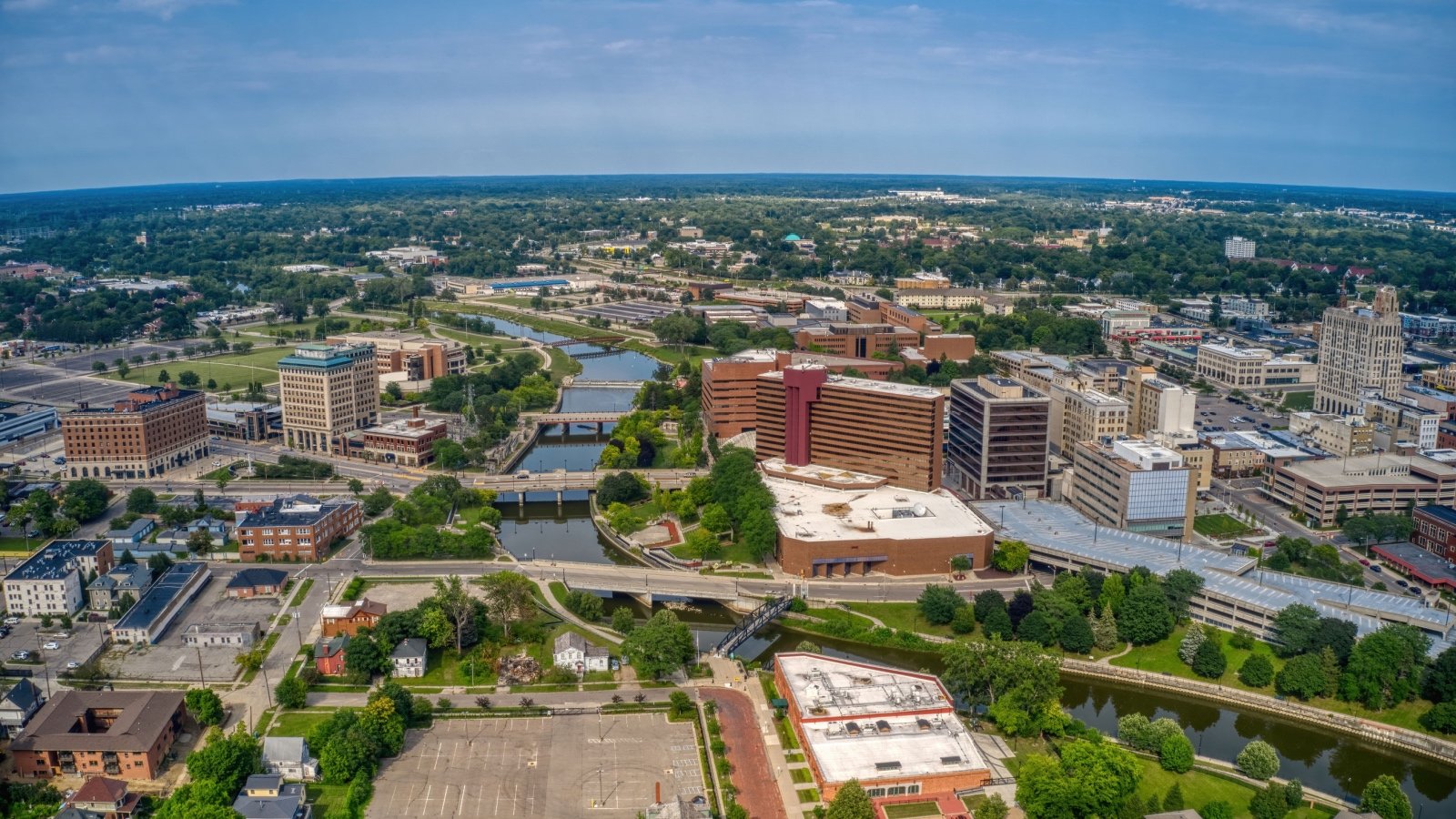
Michigan’s struggles with economic decline, particularly in cities like Detroit, contribute to its low happiness rankings. The state also faces high rates of obesity, substance abuse, and mental health issues, all of which negatively affect residents’ quality of life. Additionally, Michigan’s harsh winters and declining industrial base add to the general sense of unhappiness among its residents.
New York

Despite being a cultural and economic hub, New York ranks low in happiness due to its high cost of living, income inequality, and stressful urban environment. The fast-paced lifestyle, combined with long commutes and a dense population, can lead to high levels of stress and anxiety among residents. Additionally, New York’s harsh winters and lack of affordable housing further impact overall well-being.
Pennsylvania
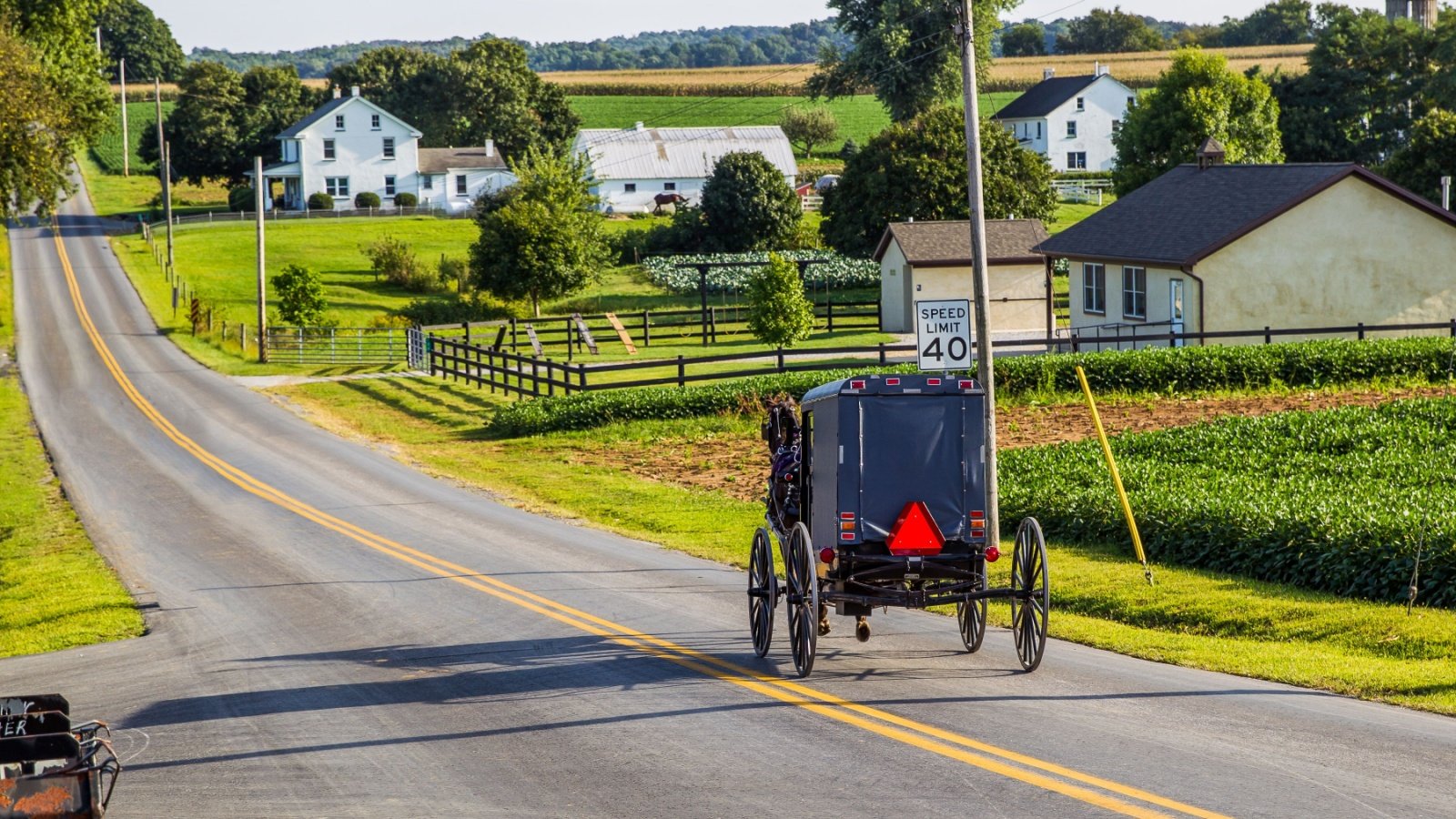
Pennsylvania’s economic struggles, particularly in its rural and post-industrial areas, contribute to its low happiness rankings. The state also faces high rates of substance abuse and mental health issues, which are exacerbated by limited access to healthcare in some regions. Additionally, Pennsylvania’s long, cold winters and declining industrial base add to the general sense of unhappiness among its residents.
Five of the Happiest States
Hawaii

Hawaii consistently ranks as the happiest state in America, thanks to its stunning natural beauty, strong sense of community, and healthy lifestyle. The state’s residents enjoy a relaxed pace of life, with ample opportunities for outdoor activities like surfing, hiking, and snorkeling. Additionally, Hawaii’s low crime rates and strong cultural connections contribute to its overall sense of well-being.
Utah

Utah is known for its high levels of life satisfaction, driven by strong family ties, a healthy lifestyle, and a thriving economy. The state’s residents benefit from excellent access to outdoor recreation, including skiing, hiking, and mountain biking. Additionally, Utah’s low crime rates and a strong sense of community make it one of the happiest states in the country.
Minnesota
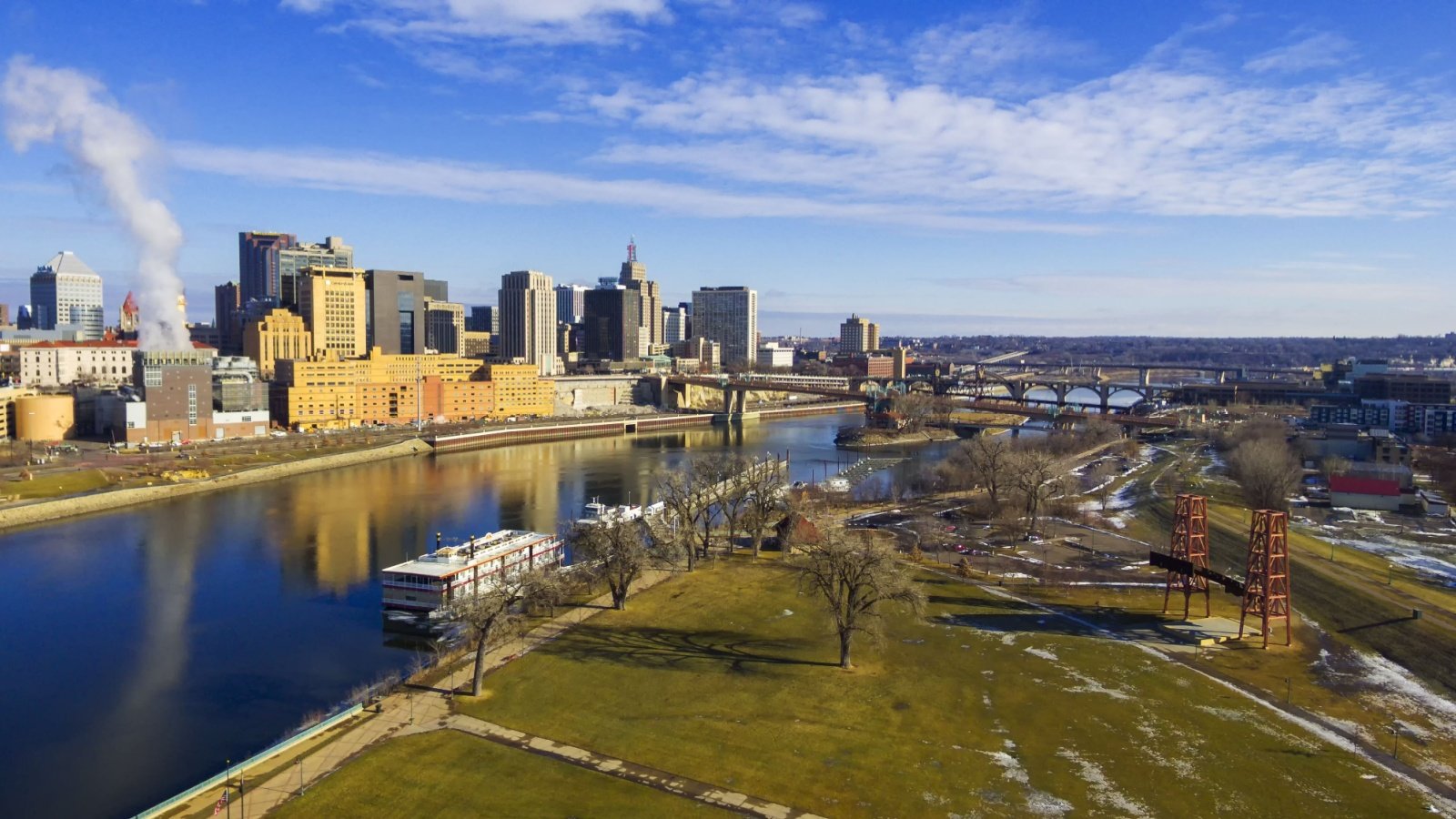
Minnesota ranks among the happiest states due to its high quality of life, strong economy, and excellent healthcare system. The state’s residents enjoy a robust social safety net, low crime rates, and a strong sense of community. Additionally, Minnesota’s beautiful natural landscapes and abundant outdoor activities contribute to residents’ overall happiness.
California
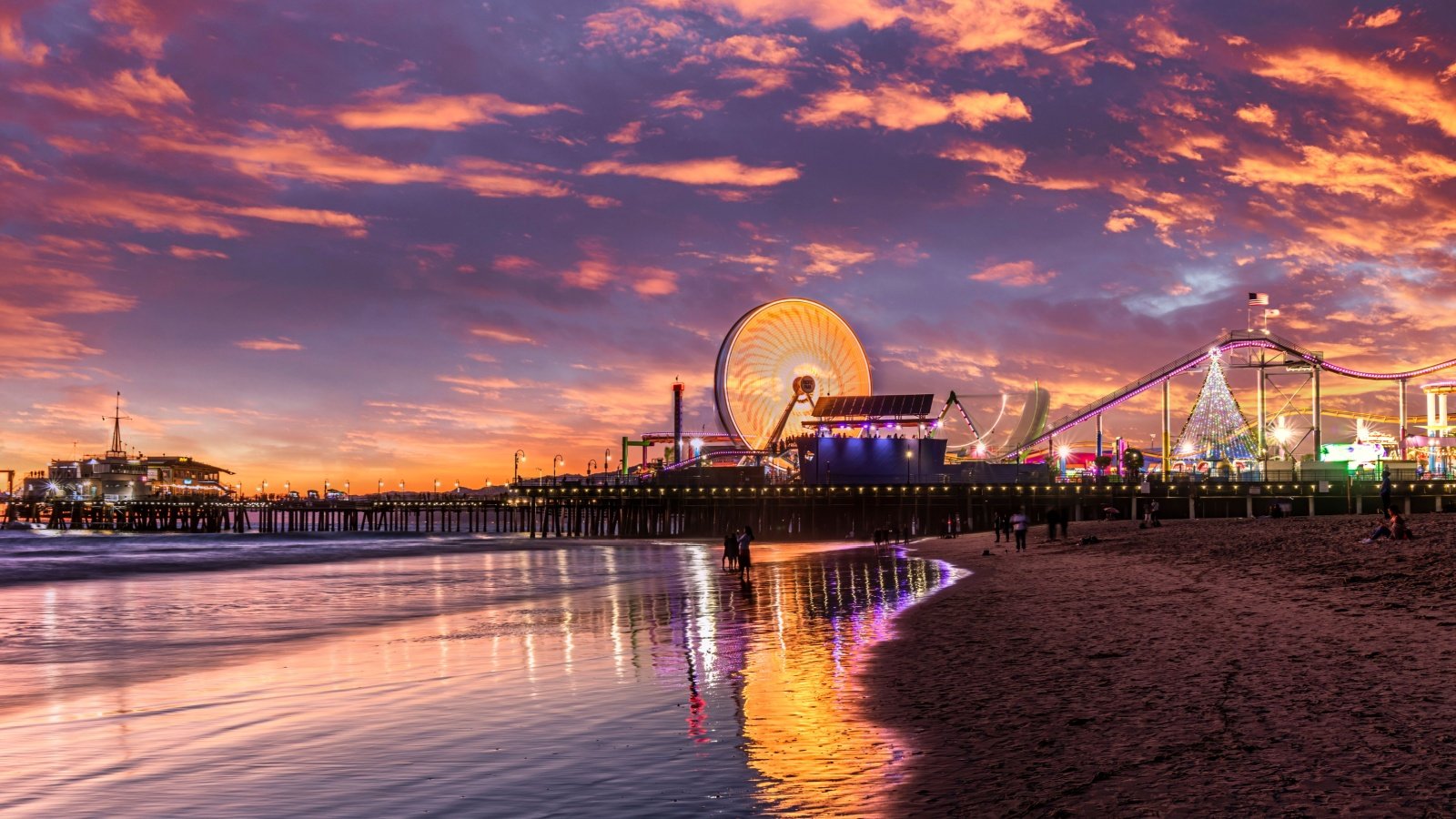
Despite its high cost of living, California ranks high in happiness due to its diverse culture, strong economy, and excellent weather. The state’s residents enjoy access to world-class amenities, including top-rated healthcare, education, and entertainment. Additionally, California’s stunning natural beauty, from beaches to mountains, offers endless opportunities for outdoor recreation.
Colorado

Colorado is known for its high levels of life satisfaction, driven by its stunning natural landscapes, healthy lifestyle, and strong economy. The state’s residents benefit from excellent access to outdoor activities like skiing, hiking, and mountain biking. Additionally, Colorado’s low crime rates and a strong sense of community make it one of the happiest states in the country.









Weitere Sicherheit bietet die SSL-Verschlüsselung, durch
die deine sensiblen Daten wie Zahlungsinformationen und persönliche Angaben geschützt übertragen werden. Im Bull Casino gibt es zwar keine dauerhaft verfügbaren Bonusaktionen für Bestandskunden, doch
erhalten die Spieler per E-Mail oder SMS Infos zu Bonus- und Freispielangeboten. Hier würde ich mir mehr Einfachheit wünschen, damit die Freude über
den Willkommensbonus nicht durch Formalitäten getrübt wird.
Zusätzlich kannst du das Bonusguthaben erst einsetzen, wenn kein Echtgeld
mehr auf deinem Spielerkonto verfügbar ist.
Echtgeldwetten führen zu Echtgeldgewinnen, gemischte Wetten oder reine Bonusgeldwetten führen zu Bonusgeldgewinnen. Risikofreie Wetten auf Spiele erfüllen nicht die Umsatzbedingungen des Casinos.
Werden bei Erhalt eines Bonus keine spezifischen Informationen zu den Umsatzbedingungen angegeben, beträgt die Umsatzbedingung 40x des erhaltenen Bonusbetrags.
References:
https://online-spielhallen.de/myempire-casino-freispiele-alles-was-sie-wissen-mussen/
Scannen Sie einfach den QR-Code auf der Website, um die App herunterzuladen, die sowohl für iPhone als auch für Android verfügbar ist.
Geben Sie Ihren Namen und Ihre E-Mail-Adresse ein, wählen Sie eine Sprache, stellen Sie Ihre
Frage und Sie sollten in etwa 2-3 Minuten eine Antwort erhalten. Sie können auch das
Kontaktformular auf 20bet.com verwenden, um eine
Nachricht zu senden.
Live-Dealer-Spiele repräsentieren die nächste Generation von Spielen, die es Ihnen ermöglichen,
bequem von zu Hause aus gegen echte Spieler zu spielen. Nutzen Sie die täglichen Freispiele, um Slots zu spielen, ohne echtes Geld einsetzen zu müssen. Auf der Webseite sind alle Arten von Glücksspielen verfügbar,
einschließlich der neuesten 3D-Slots und Live-Dealer-Spiele.
Spieler, die nach einem umfassenden Online-Glücksspielerlebnis suchen, sind hier an der richtigen Adresse.
Den Bonusbetrag auszahlen lassen können Sie sich zwar nicht, aber alle Gewinne erhalten, die Sie über das Angebot bezogen haben.
Die Online Buchmacher-Plattform 20Bet überzeugt durch
ein umfangreiches Spielangebot und einzigartige Wettmöglichkeiten, die sowohl Live Spiele als auch traditionelle 20Bet Sportwetten abdecken. Der gesamte Anmeldevorgang für 20 Bet
ist so konzipiert, dass Spieler schnell und ohne unnötigen Aufwand Zugang zu ihren neuen Konten erhalten. Nach der
Eingabe Ihrer Daten erhalten Sie eine Bestätigungs-E-Mail,
die es zu prüfen gilt, um Ihr 20Bet Konto zu aktivieren. Einer
der bedeutendsten Vorteile dieser Plattform ist die benutzerfreundliche
Oberfläche, die sowohl Anfängern als auch
erfahrenen Spielern ein intuitives und stressfreies Erlebnis
bietet. 20Bet Casino bietet nicht nur eine breite Palette an Glücksspieloptionen, sondern auch eine benutzerfreundliche Plattform für Spieler aller Erfahrungsstufen.
Die Freispiele bieten zusätzliche Gewinnchancen und sind eine großartige Möglichkeit, die Spiele kennenzulernen, ohne eigenes Geld zu riskieren.
References:
https://online-spielhallen.de/evolve-casino-bonus-codes-ihr-umfassender-leitfaden/